

会议简介
很高兴您能来参加过鱼设施2025国际研讨会。
国际鱼道大会每1-2年举办一次,汇集了来自世界各地的专家、管理者、利益相关者以及公司。会议设有工程、生物学、管理和社会问题等多个并行分会场。目标受众包括工程师、生态学家、生物学家、管理者、从业者、非政府组织、私营公司、顾问、学生以及政策和决策者。这一活动旨在促进研究和专业网络的扩展,是建立未来合作伙伴关系的绝佳机会。
2025年国际过鱼设施研讨会会议将于2025年3月30日至4月3号日在三峡大学召开。本次会议的主题为“生态水文与河流连通性”。
会议形式包括一天的短期课程、三天的生物学、水力学、工程学及相关内容会议、以及一天的会后考察活动。另外,会议还安排了特邀报告、专题报告和海报展示环节。
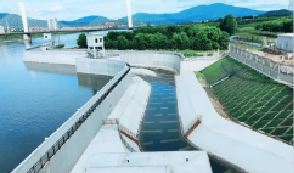
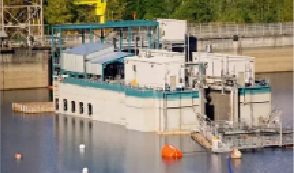
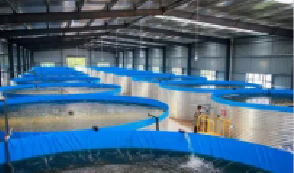
公告
我们很高兴地宣布,过鱼设施2025国际研讨会的摘要提交现在开放。你可以单击[摘要提交] 提交。
我们还邀请组织、机构和其他感兴趣的团体作为赞助商或参展商积极参与过鱼设施2025国际研讨会。有不同级别的赞助,为参与组织提供慷慨的福利,以反映您的投资,并提供向全球观众展示您的组织的机会。有关赞助和参展商招股说明书,请联系fishpassage2025@ctgu.edu.cn。展位数量有限,先到先得。
会议前后还将提供短期课程和实地考察。组委会欢迎大家就最感兴趣的主题(如鱼道设计原则、大坝拆除案例研究等)提出反馈意见。如果您有兴趣展示短期课程,请联系协调团队详细信息[短期课程征集]。
组委会代表:
谭均军
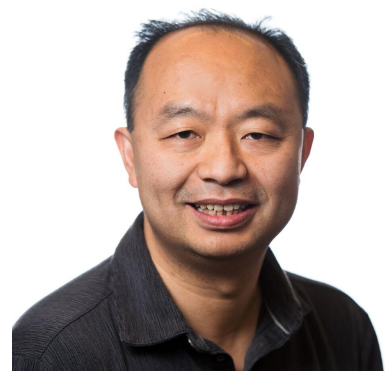
Daniel Deng
Title: Advancements in Sensor Technology for Assessing Hydropower Structures and Predicting Fish Injuries: Enhancing Fish Monitoring and Behavior Understanding Abstract:I will present recent advancements in sensor technology for characterizing the physical conditions of hydropower structures and predicting fish injuries in a cost-effective manner. Additionally, I will discuss techniques for improving fish movement and health monitoring in aquatic environments. By integrating fish behavior with physical measurements of hydropower structures and studying fish species and life stages that have never been studied before, we can enhance our understanding of fish migration, behavior, habitat use, fishway effectiveness, and survival at hydropower facilities. These insights can lead to better-informed management decisions for both existing and new hydropower structures, facilitating designs that minimize environmental impacts.
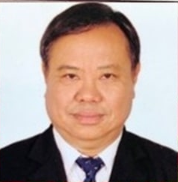
Oudom Phonekhampheng
Dr Oudom Phongkhampheng, Research Manager FishTech Project, National University of Laos In 2007, the National University of Laos in collaboration with Australian research and funding partners, started a research programe to develop fishway design criteria based on Mekong floodplain fish species swimming abilities and behavior. The work initially focused on low-head irrigation and floodgate structures and was based on short-sections of fishway models tested in the field. This led to the construction of a full-scale fishway at Pak Peung in 2010, which was assessed and found to be suitable for use on floodplains in Lao PDR. Further work on downstream passage, passage at high dams and assessment of the benefits of providing fish passage continued through to 2018. Since 2018 to the present, the work of the research team has concentrated on broadening stakeholder involvement, developing fishway design processes and building demonstrations fishways to promote local uptake. The project has been very successful, with orgainsation such as the World Bank, Asian Development Bank, Governments of Aistralia, the Netherlands and Japan funding fishways demonstration sites, along with the expansion of the work into Cambodia, Vietnam, Thailand, Myanmar and Indonesia.
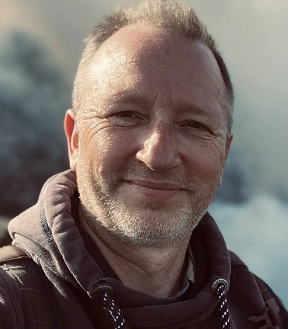
Paul Kemp
Paul Kemp is a Professor of Ecological Engineering at the University of Southampton. His research relates to understanding the complex systems linked to integrated natural resource management, particularly in relation to marine and freshwater fisheries, and how shocks can influence those systems. Specific applications relate to how understanding of the behavioural ecology of fish can help solve challenges in sustainable water and energy engineering, particularly on how the physical environment influences the behaviour and physiological performance of fish, and how manipulation of that environment by engineering means can be used to mitigate for negative impacts of water and energy resource development.
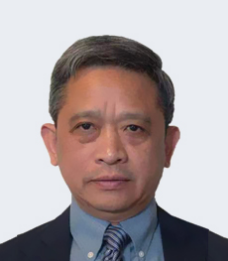
Chang Jianbo
Chang Jianbo, Ph.D., is a professor in fish ecology and conservation biology research, leading the Institute of Hydeoecology of the School of Water Resources and Hydropower Engineering at Wuhan University. He was once a fundamental and 1st – 2nd board member of the World Sturgeon Conservation Society (WSCS) and the International Society for River Science (ISRS). He is recently a board member of the Ecological Society of China (ESC), a board member of the Chinese National Committee on Large Dams (CHINCOLD), and the Chairperson of the Committee of Fish Passage Facilities of CHINCOLD. He had been the chief scientist of both the major program of the National Natural Science Foundation of China and the National Basic Research Program of China, coordinating research on human impact on river ecosystems and endangered species conservation. He is recently the chief scientist of a National Key Research and Development Program of China focusing on restoring fish passages all along the main channel of the Yangtze River.

Hersilia Santos
I am Full Professor in Civil Engineering Department at Centro Federal de Educação Tecnológica de Minas Gerais (Brazil) since 2007. My research focuses on ecohydraulic issues in neotropical freshwater system, acting on fish passages models (numerical and scale models); fish swimming capability (voluntary and non-voluntary tests); river models (2D and 3D numerical models) and fish habitat suitability. In the latest years, I was particularly interested in turbulence effects on fish movement around hydraulic structures.Title: Turbulence effects on fish movement around hydraulic structures. The main content of my report: 1.The role of hydrodynamic in fish swimming 2.Turbulence definition and monitoring 3.Experiments in real hydraulic structures in tropical areas 4.Environmental impacts due to turbulence effects and possible mitigation solution 5.The base for computational tools that preview fish movements